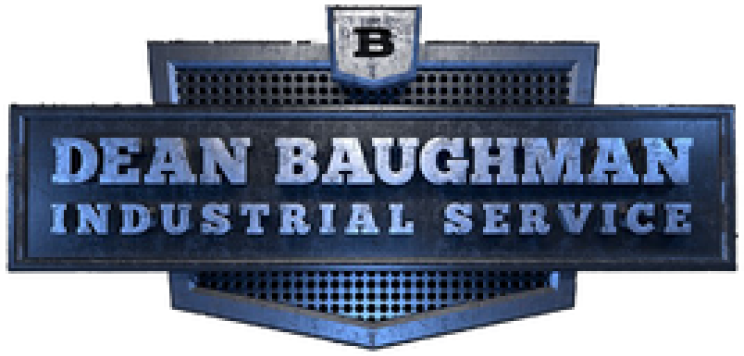
Enhancing Industrial Facility Safety: Navigating OSHA’s 2025 Regulatory Changes
In 2025, the Occupational Safety and Health Administration (OSHA) implemented significant regulatory changes aimed at improving workplace safety across various industries. These updates present both challenges and opportunities for industrial facility managers striving to maintain compliance and ensure the well-being of their workforce.csmgroup.com+1furststaffing.com+1
Key OSHA Regulatory Changes in 2025
- Properly Fitting Personal Protective Equipment (PPE): Effective January 13, 2025, OSHA mandates that all PPE in construction must “properly fit” each affected employee. This change addresses long-standing concerns, particularly among women and workers with diverse body types, about the inadequacy of standard-sized PPE. Ill-fitting attire and equipment can compromise safety, leading to an increased risk of injury. csmgroup.com
- Enhanced Lead Exposure Standards: OSHA has tightened regulations to better protect workers from harmful lead exposure. The new standards enforce stricter air quality monitoring, require improved ventilation and dust mitigation measures, and implement comprehensive employee training programs. furststaffing.com
Strategies for Compliance and Safety Enhancement
To adapt to these regulatory changes and promote a safer work environment, industrial facilities should consider the following strategies:
- Implement Predictive Maintenance: Utilizing advanced technologies such as IoT sensors enables real-time monitoring of equipment conditions. Predictive maintenance helps identify potential issues before they lead to equipment failure, thereby reducing downtime and enhancing overall safety. en.wikipedia.org
- Upgrade PPE Protocols: Ensure that all employees have access to properly fitting PPE. Conduct regular assessments to accommodate diverse body types and address any concerns related to equipment fit and comfort.csmgroup.com
- Enhance Ventilation Systems: Invest in advanced ventilation and dust mitigation systems to meet the stricter air quality standards. Regular maintenance and monitoring are essential to ensure these systems operate effectively.
- Provide Comprehensive Training: Develop and implement training programs that educate employees about the new safety standards, proper equipment usage, and the importance of maintaining a safe work environment.
Partnering with Experts for Seamless Compliance
Navigating these regulatory changes can be complex. Partnering with experienced industrial service providers like Dean Baughman Industrial Services ensures that your facility not only complies with the new OSHA standards but also fosters a culture of safety and efficiency.
Conclusion
Staying abreast of regulatory changes and proactively enhancing safety measures are crucial for the success and reputation of industrial facilities. By implementing predictive maintenance, ensuring proper PPE fit, improving ventilation, and providing thorough training, facilities can create a safer environment that complies with OSHA’s 2025 regulations.csmgroup.com
For more information on how Dean Baughman Industrial Services can assist your facility in achieving compliance and enhancing safety, contact us today.
